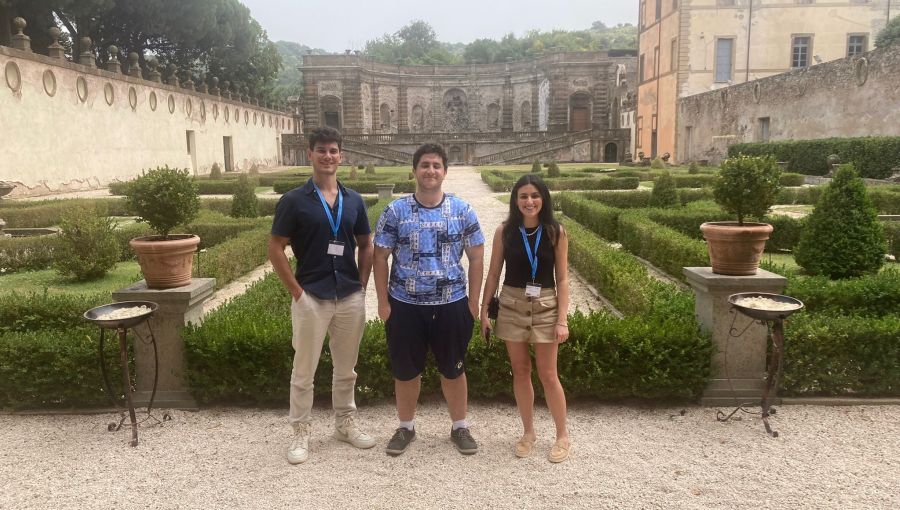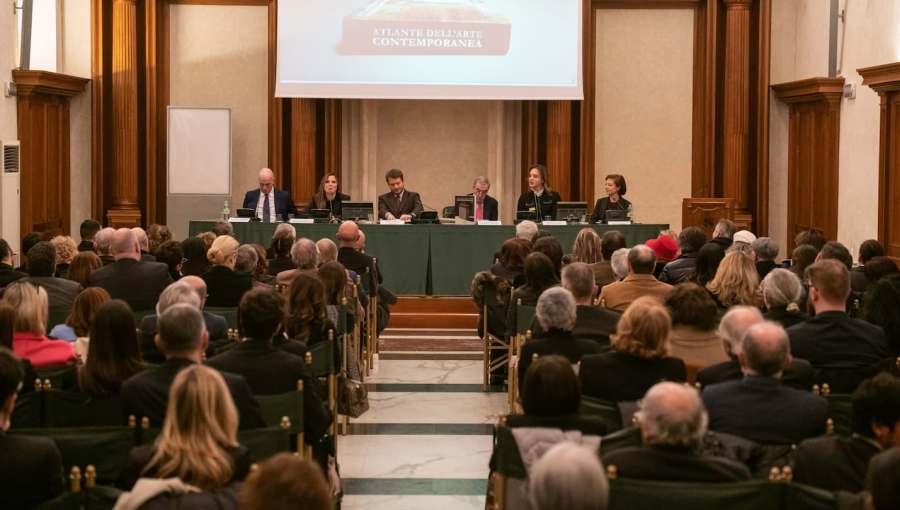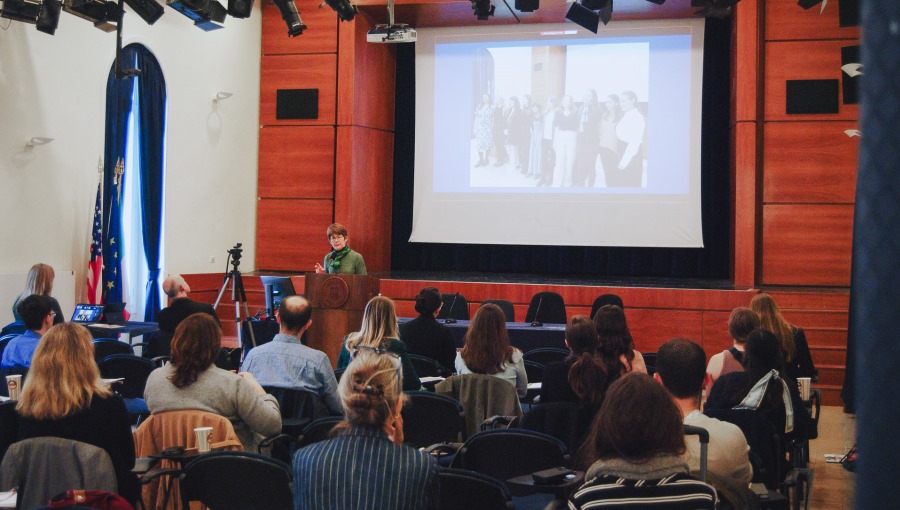Studying Art History Abroad: Understanding Visual Culture in Context
Visiting Art History Major Lydia Greenberg from Oakland, California, shares her story (Spring semester 2015)
My name is Lydia Greenberg and I am a student at the University of Wisconsin- Madison, where I study art history. I decided to spend the entire academic year studying abroad at John Cabot University in Rome, Italy in order to complete my major. It has been a fascinating experience studying art in an ancient, yet vibrant city where every corner has a piece of history.
During first semester I joined the Art History Club. I was really pleased to find out that it is a very active club with passionate people who care about art history and the Roman art scene.
I got more involved in the Art History Club in my second semester: I became a board member and began planning events and activities such as a day trip to Assisi. I even helped plan the “Bachelor of Art History Auction,” where students and professors dress up as figures from famous works of art. All the proceeds from the auction go to the Art History Club to finance its activities.
I think learning about the arts is important and useful to any area of study. Being visually literate is crucial in our contemporary society as we live in a visual world and are surrounded by images. Art history helps you understand the impact of visual culture no matter what your major is.
One of the great things about coming to JCU was that I found many people interested in understanding other cultures through art. Many of the people I feel closest to I met in the Art History Club because of our shared passion for art and in particular, Roman Art. In addition, it has been extremely valuable to be surrounded by people from many backgrounds: my best friend is British, my roommate is Italian, last semester I had roommates from Turkey and Bolivia, and I even met people from all across the United States. I forged many international connections that I hope to keep up with for the rest of my life.
The practical side of art history studies is that you write a lot and learn how to do research and critical analysis. I think that being a strong writer, a critical thinker, and having the ability to appreciate and understand different cultures are integral factors in getting a job. It is so important to be able to step outside of yourself and empathize with different cultures and art history gives you the tools to do this. An art history education can help you learn in any arena, it teaches you about science, about literature, about history; doing this in Rome is a unique experience. In the United States you have to make an effort to go to a museum and get a sense of cultural heritage , here you just walk down the street.






